Persian Tea: A Cultural Tradition
Persian tea, known for its rich flavor and deep amber hue, is a cornerstone of Iranian hospitality. Brewed meticulously, it’s enjoyed daily in homes and teahouses.
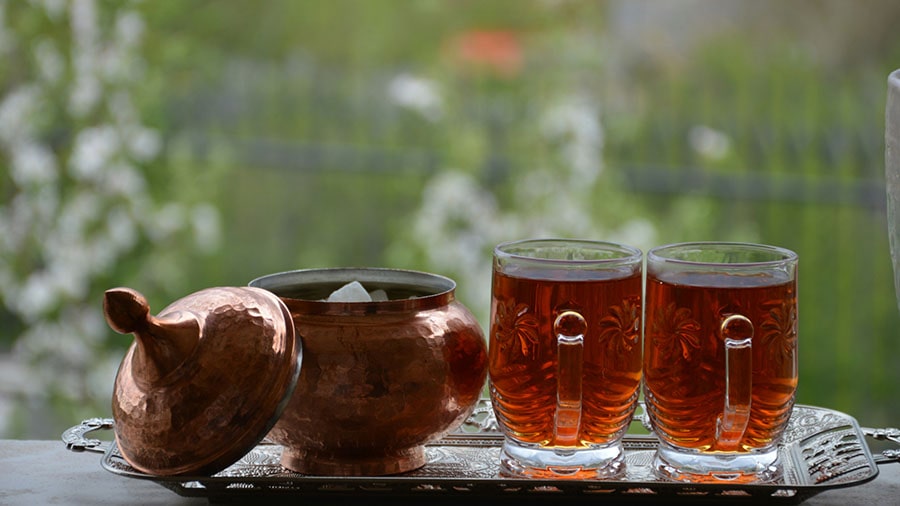
Traditional Persian tea served in a glass cup
Why Persian Tea Is Unique
Key aspects of Persian tea:
- Rich Flavor: Strong, aromatic black tea from northern Iran.
- Traditional Brewing: Slow-brewed in a samovar for depth.
- Social Ritual: Served with sugar cubes or sweets.
- Versatility: Pairs well with Persian snacks or solo.
Types of Persian Tea
| Type | Description | Best For |
|---|---|---|
| Black Tea | Robust, full-bodied tea | Daily drinking |
| Earl Grey | Black tea with bergamot flavor | Evening relaxation |
| Herbal Blends | Tea with rose or cardamom | Special occasions |
How to Identify Authentic Tea
Ensure quality with these tips:
- Aroma: Strong, natural tea scent without additives.
- Color: Deep amber when brewed.
- Packaging: Look for sealed, branded packages.
- Origin: Sourced from Lahijan or other Iranian regions.
Warning: Avoid low-quality blends with artificial flavors. Shop at Honest Guide Iran for authenticity.
Brewing Persian Tea
Perfect your brew:
- Use a samovar or teapot for slow brewing.
- Steep for 10–15 minutes for full flavor.
- Serve with sugar cubes or rock candy.
- Pair with dates or pastries for tradition.
Storing Persian Tea
Maintain freshness:
- Store in airtight containers.
- Keep away from moisture and heat.
- Use within a year for best flavor.
- Avoid mixing with other spices.
Pro Tip
Brew tea with filtered water to enhance its natural flavor.

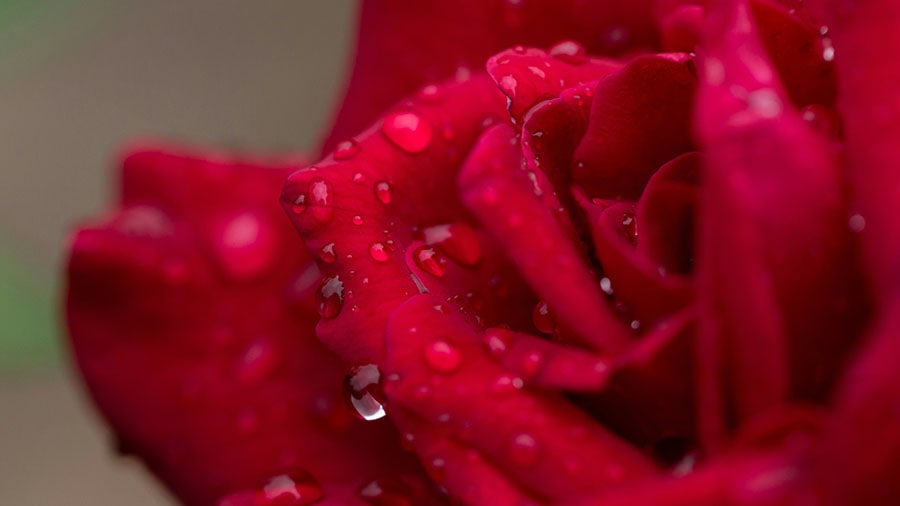
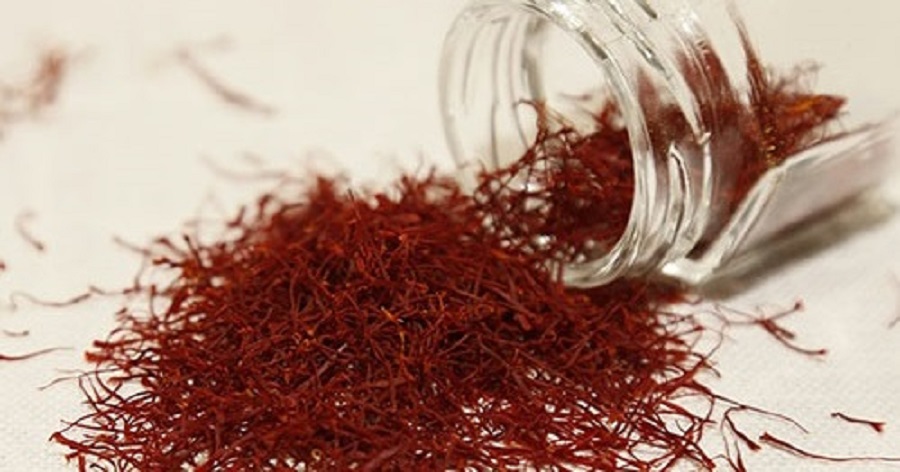
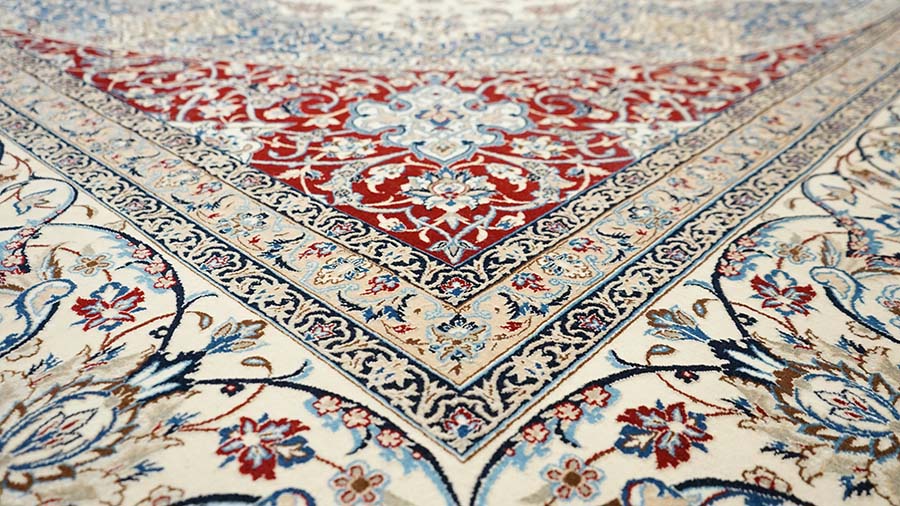
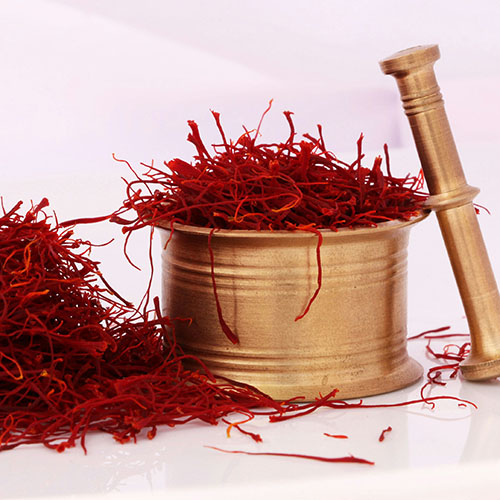

Comments (0)
Leave a Comment